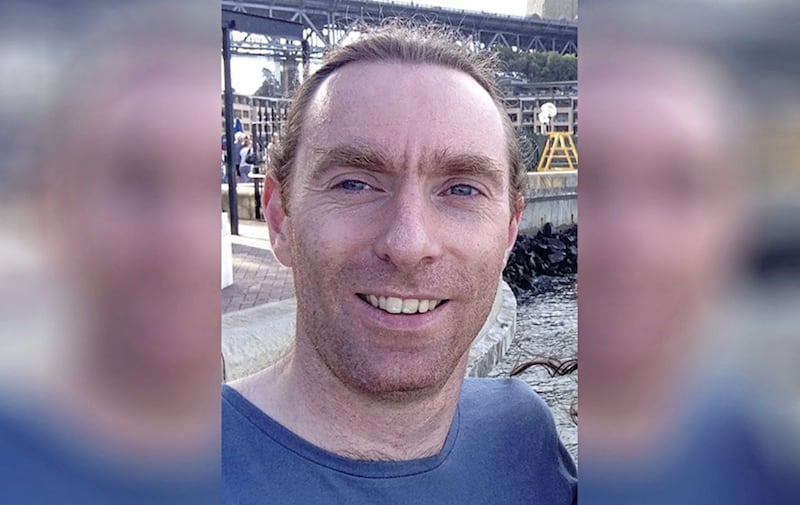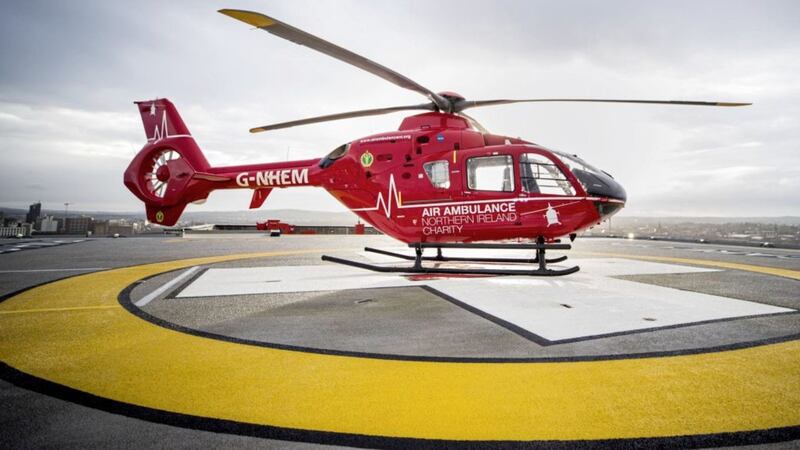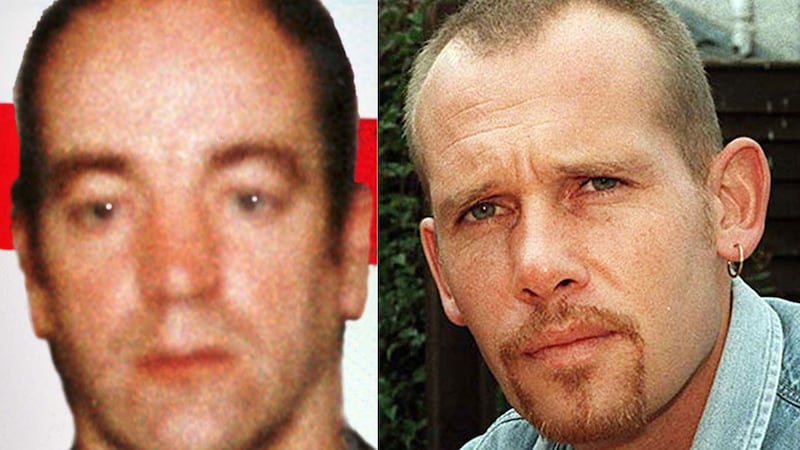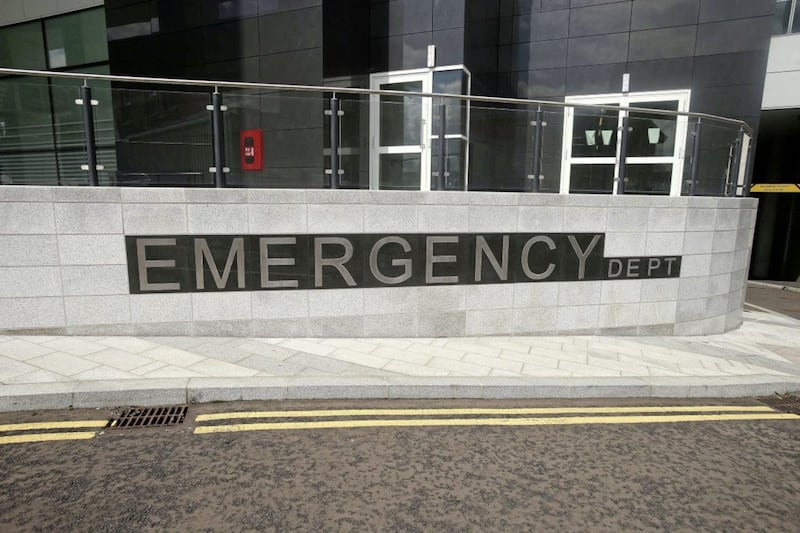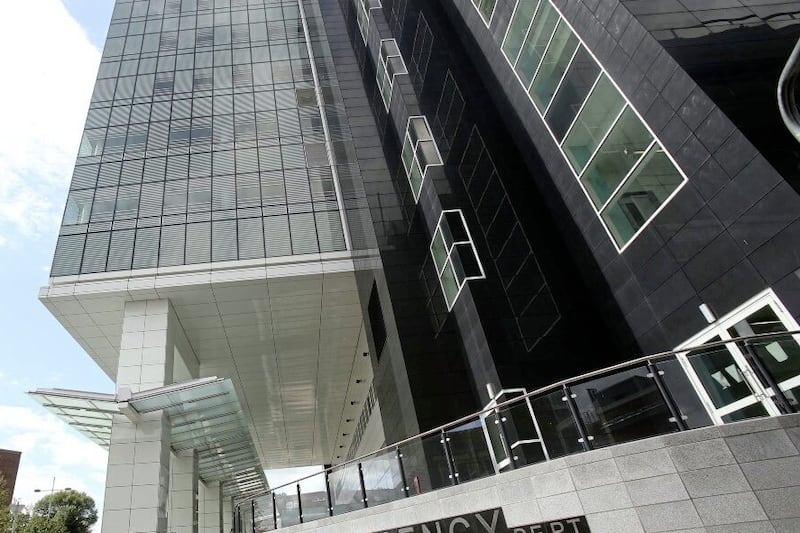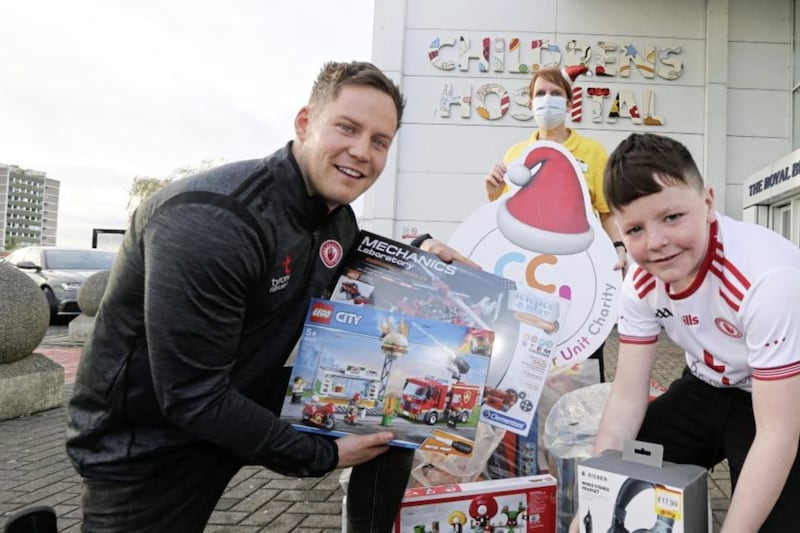TRAUMA care in Northern Ireland is set to take a "real step forward" with the helipad at the north's biggest hospital due to be operational by next week.
It comes after Northern Ireland's air ambulance landed on the roof of the Royal Victoria Hospital's (RVH) critical care centre for the first time today.
An estimated 25 minutes will be saved in each emergency situation with the use of the helipad with people in life-threatening conditions brought straight to the RVH rather than transferred by road from the Musgrave Park Hospital roof pad.
Once landed at the RVH, patients will be transferred down to the emergency department in just two minutes.
After the inaugural test landing, a series of safety checks and training flights will continue over the next few days ahead of the start of the use of the facility next week.
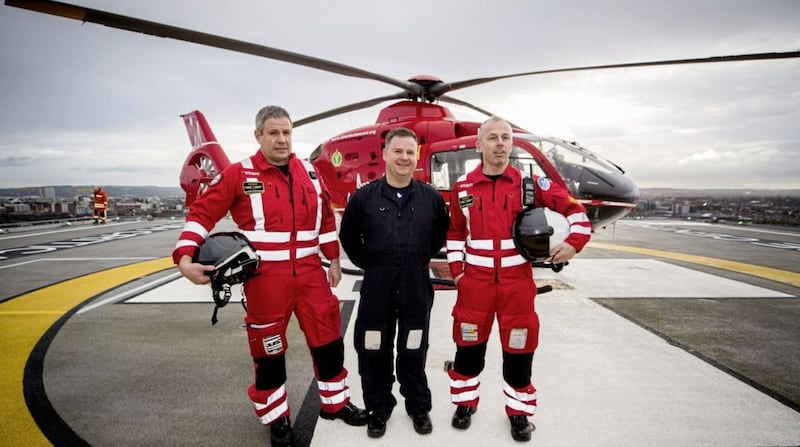
Dr Nigel Ruddell from the NI Ambulance Service said the use of the helipad means patients will get hospital critical care quicker.
"We will be continuing training flights for the rest of the week, but by landing on top of the building, we will be saving about 25 minutes for every journey for critical patients that we fly to Belfast for that specialist care after serious trauma," he told the BBC.
"The fact that they land on the roof means we can deliver patients from the roof pad directly down the lift into the emergency department, saving a significant amount of time."
He said it was a "real step forward for trauma care in Northern Ireland", which has previously seen the air ambulance landing at Musgrave Park hospital.
Glenn O'Rorke, NIAS HEMS operational lead, said the use of the helipad will shave vital minutes off a patient's journey to critical care.
"It is a milestone for us," he said.
"It is one piece of the jigsaw that was missing, to be able to bring the patient direct from scene to the major trauma centre.
"It is a huge triumph for us but at the heart of it are our patients.
"Patients will benefit from this and oucomes will benefit because of the reduced time that we can get from scene to hospital."
The helicopter arrived following a campaign for an air ambulance service by the late Dr John Hinds, who provided medical assistance at motorcycle races.
He died in an accident in 2015 and his partner Janet Acheson continued his campaign following his death.
